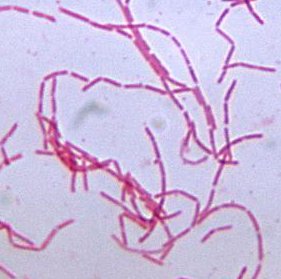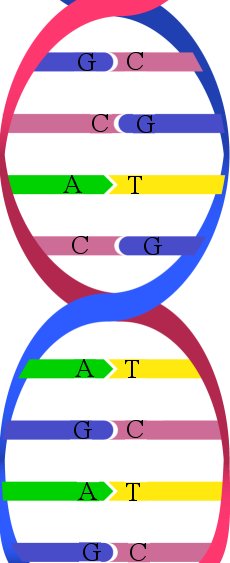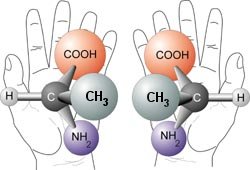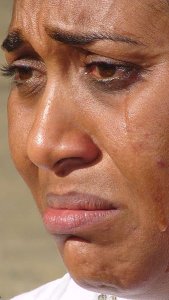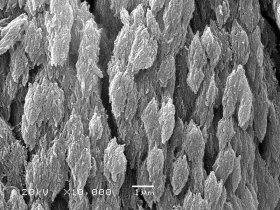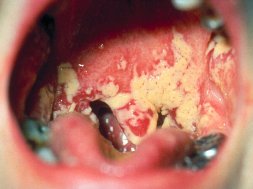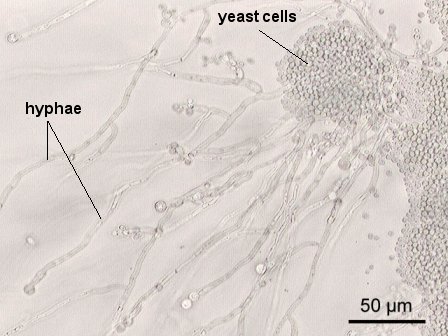Last year, I posted my take on Dr. Craig Venter’s amazing accomplishment in which he copied the genome of one bacterium and transplanted it into a different (but very similar) species of bacterium whose DNA had been removed. It was a marvel of biochemistry, but as I pointed out, it clearly demonstrates the impossibility of abiogenesis (the fantasy that life originated by natural processes). One commenter announced that my claim was bogus and undermined my credibility. He further said that the claim was “infantile and wrong on so many levels.”
Well, I guess there are now at least two PhD chemists whose credibilities have been undermined and who are “infantile and wrong on so many levels.” It turns out that Dr. Fazale Rana, a PhD chemist (with emphasis on biochemistry), also takes the same position in his book, Creating Life in the Lab. Indeed, the theme of the entire book is how modern developments in the attempt to make artificial life have conclusively demonstrated that life cannot the the product of strictly natural processes.
While the goal of Rana’s book is to survey all the different ways scientists are trying to produce life in the lab, he starts out his first discussion of actual laboratory results with Venter. This is probably because Venter has come the closest to producing artificial life. However, as I stated in my original post, Venter’s team had to rely on already-living cells no less than three separate times in order to produce their “synthetic” life form. As Dr. Rana states in his discussion of Venter’s results:
Though not their intention, Venter and his colleagues have provided empirical evidence that life’s components and, consequently, life itself must spring from the work of an intelligent Designer. (p. 46)


